The impact of curtains in a living room is immediate. They frame the space, influence light throughout the day, and carry the visual weight of the room’s vertical lines. When chosen with care, they can define atmosphere without saying a word. This article introduces fifteen distinctive curtain styles, each selected for its ability to elevate interiors through thoughtful fabric, tone, and structure. These are not passing trends but lasting choices for well-designed spaces.
1. Cloudweave Layers
These sheer curtains are designed with multiple translucent layers that soften harsh daylight. The overlapping fabric mimics the softness of drifting clouds. Ideal for homes that benefit from natural lighting throughout the day. The look feels refined without overpowering the room. Light filtering becomes a visual feature, not just a necessity.


2. Dawn Glow Linens
Linen panels in delicate pastel tones create a calm visual rhythm. They work particularly well in spaces with warm light or light-toned walls. The fabric carries subtle texture and drapes elegantly. These curtains complement contemporary and transitional interiors. They add warmth and refinement without drawing too much attention.
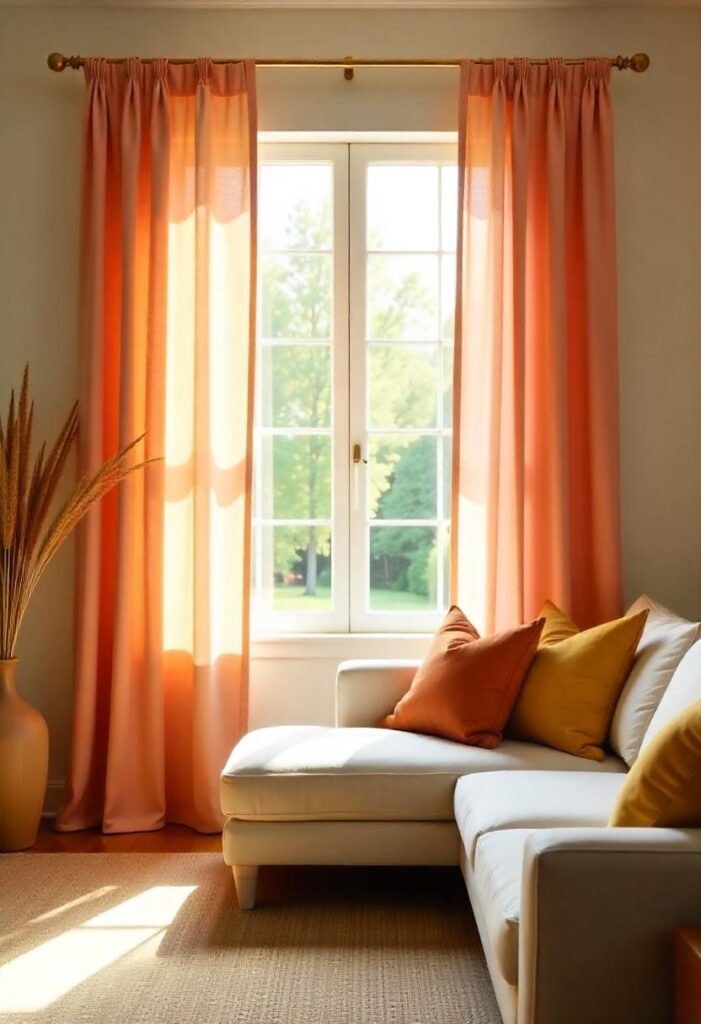
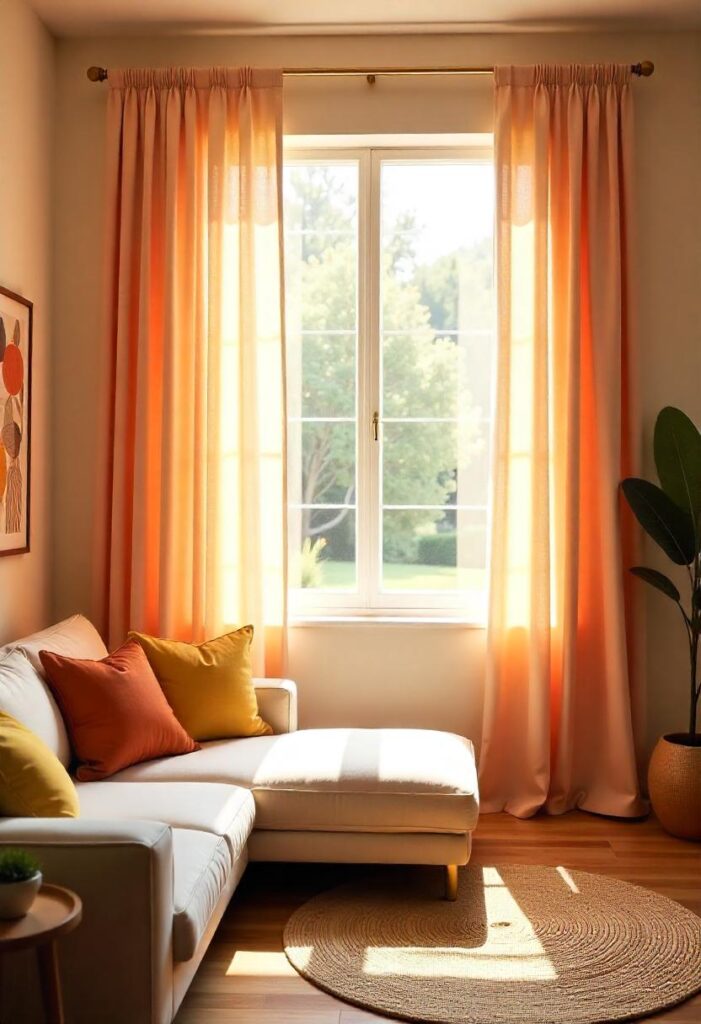
3. Earththread Weaves
This style uses thick, woven fabrics that bring surface texture to an otherwise smooth room. The palette often reflects natural tones like clay, stone, or grain. Suitable for spaces where color restraint is preferred. These curtains serve as grounding elements for light or minimal décor. They hold their form well and add visual stability.
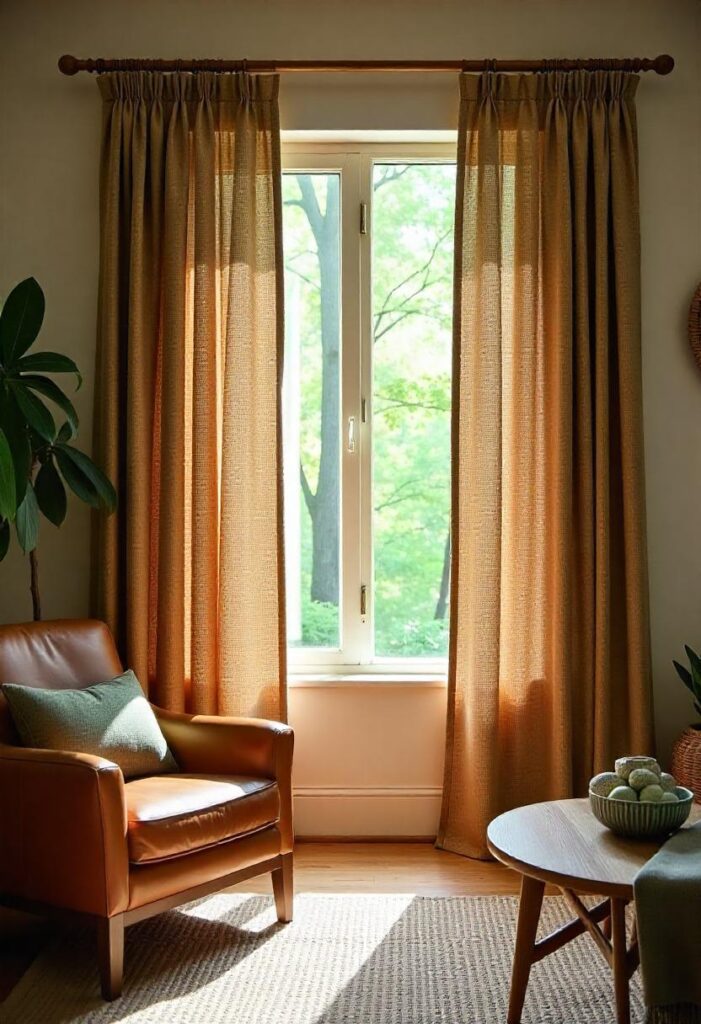
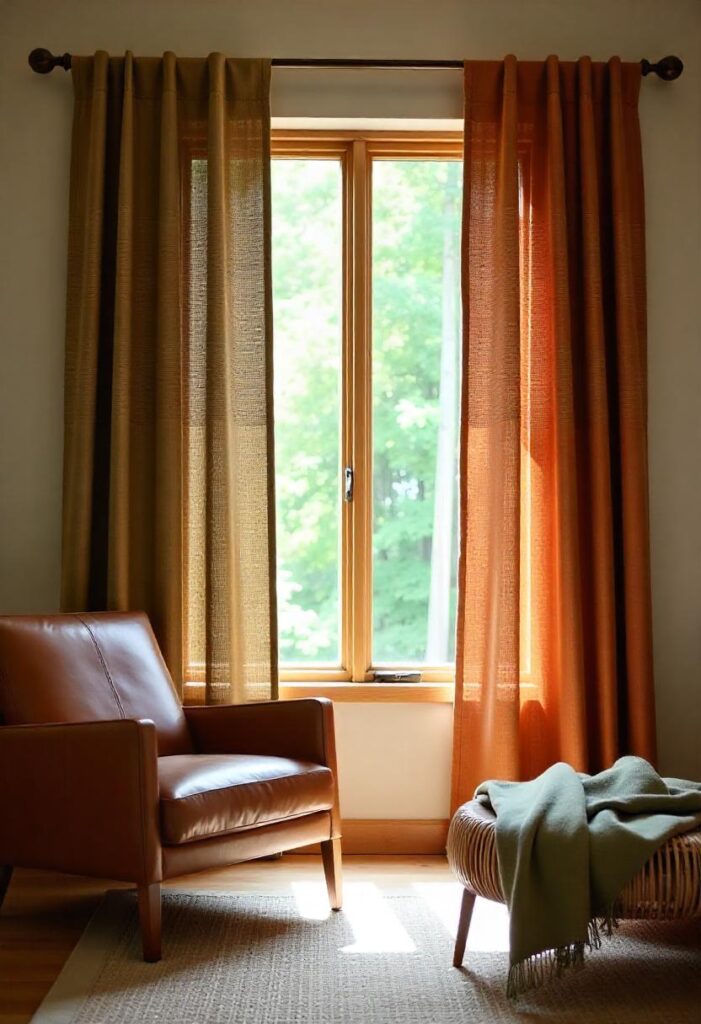
4. Knotwork Edge Curtains
Featuring detailed trim work along the edges, these curtains introduce handcrafted charm. The knotted patterns vary in complexity but remain clean and structured. They can dress up neutral fabrics without relying on color. Particularly effective in spaces with subtle textile accents. The detail appears delicate but remains visually consistent.
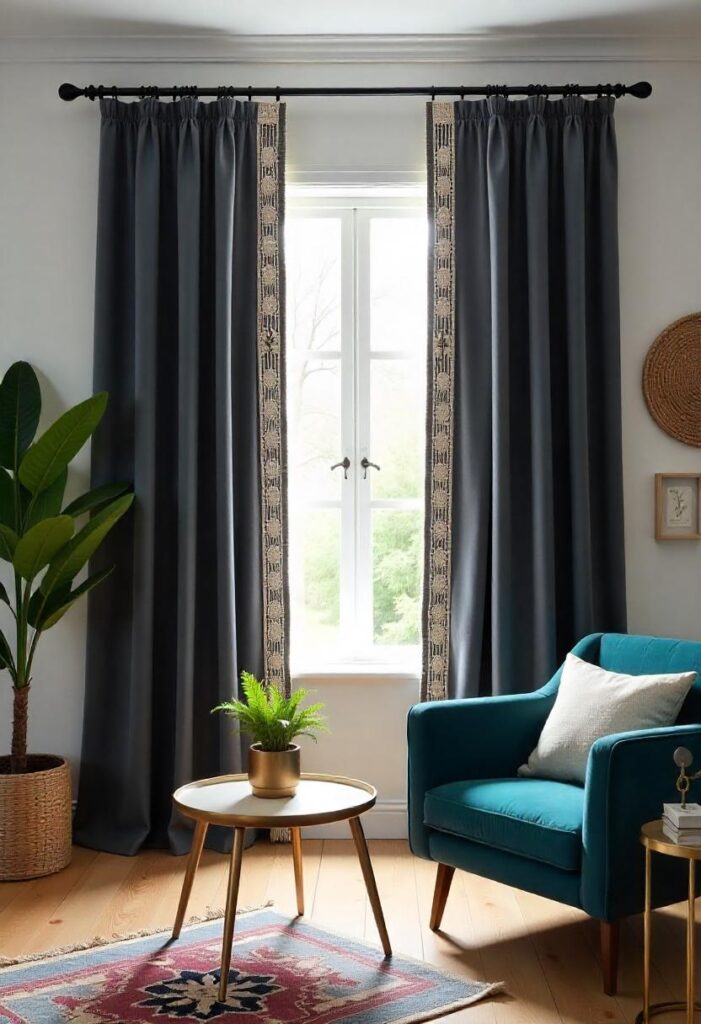
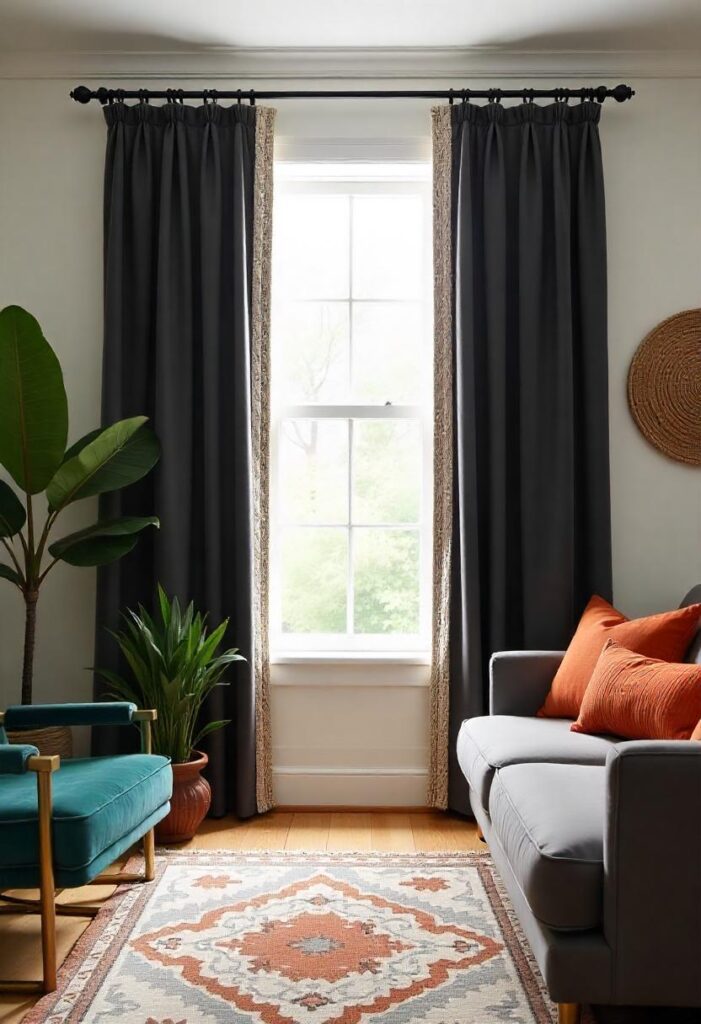
5. Horizon Fade Drapes
Gradient tones shift gently from top to bottom, creating a visual flow across tall windows. These curtains are often used in rooms with expansive vertical space. The soft transition of color draws the eye upward. They add movement without introducing pattern. Well suited for both tonal and contrasting interiors.
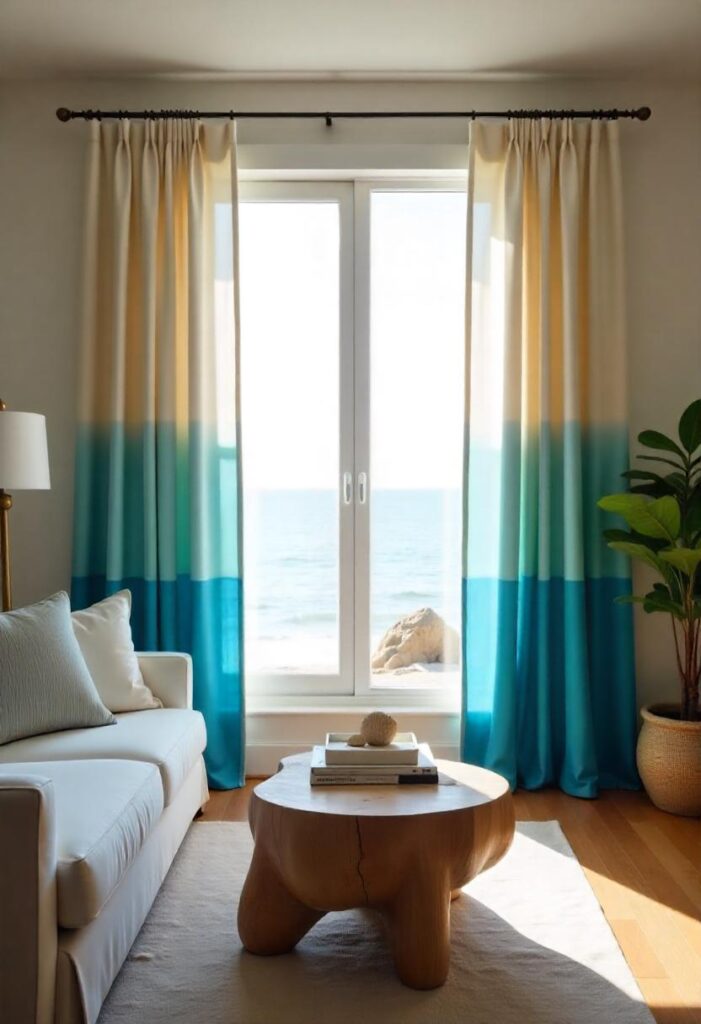
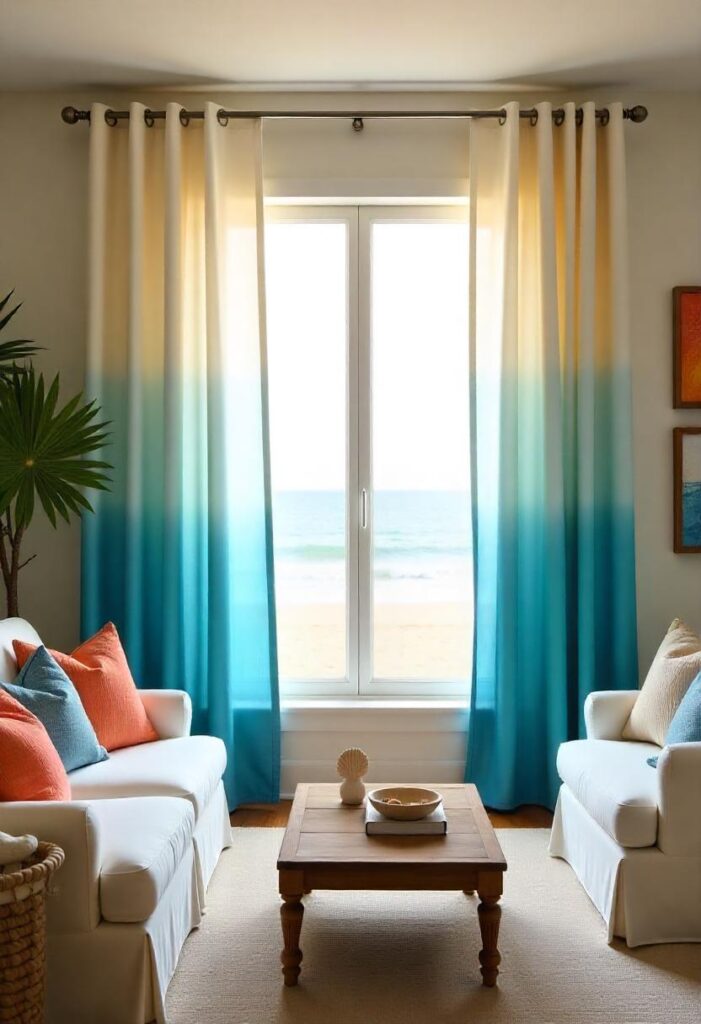
6. Skyline Stripes
Vertical stripes in ceiling-height panels lend structure to the room. They can make windows appear taller and enhance architectural lines. The stripes may alternate between bold and neutral shades. Ideal for contemporary apartments or loft-style interiors. These panels often work best when paired with solid-color furniture.
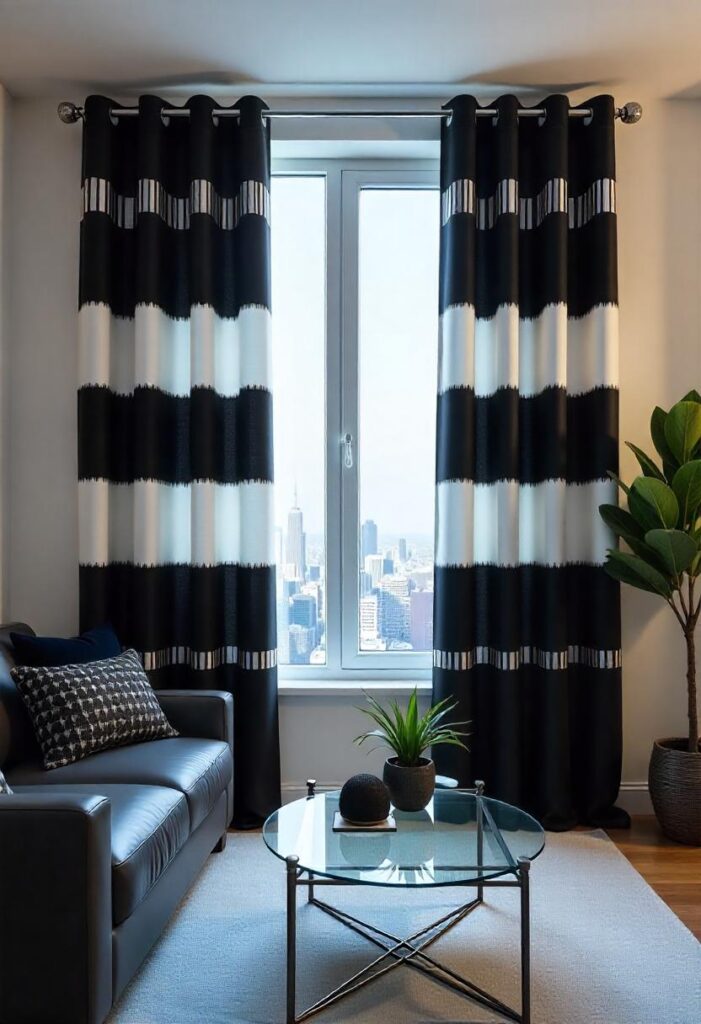
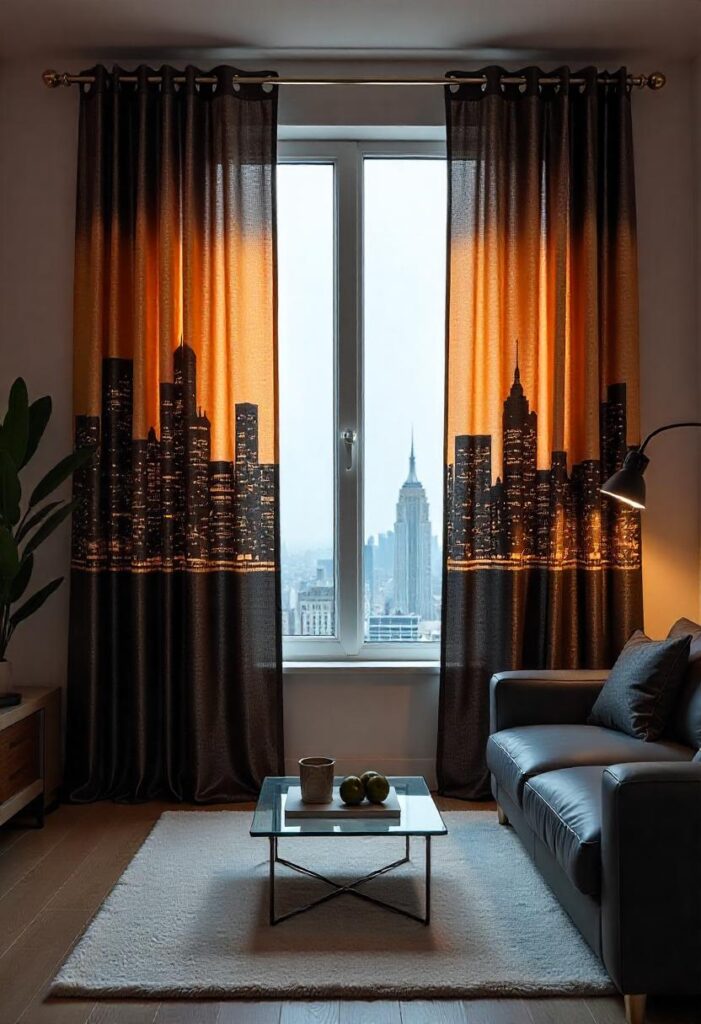
7. Patchwork Play Panels
These curtains incorporate multiple fabric blocks in complementary tones or prints. The segmented design brings energy and movement to the space. Used correctly, they can act as a primary visual element. Best positioned near neutral walls or simple furnishings. The variety in material creates subtle depth in daylight.
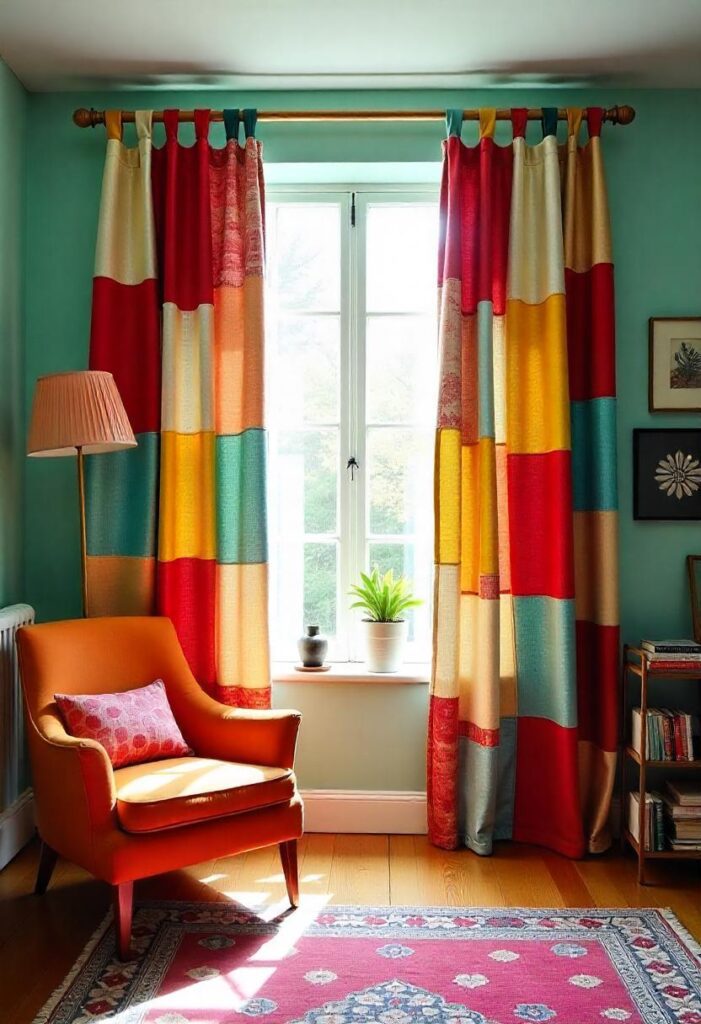
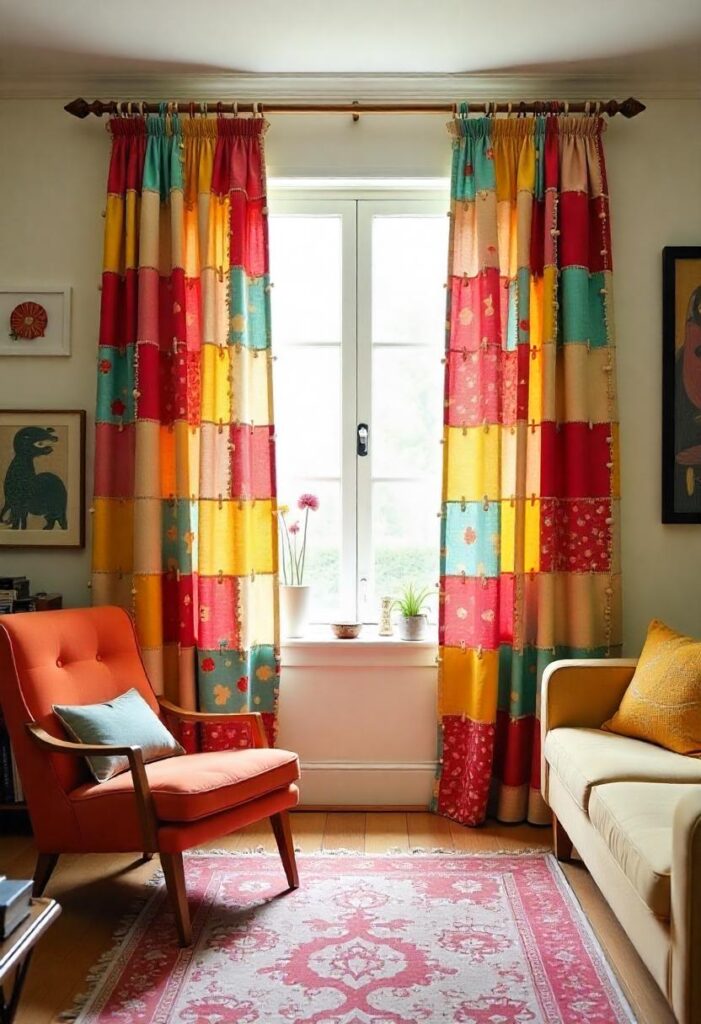
8. Shadowblock Textures
These blackout panels feature a quiet pattern embedded into the weave. They block out sunlight while maintaining a dimensional look under ambient lighting. Darker tones bring a sense of depth to large rooms. Texture is visible up close but does not overwhelm from a distance. A strong option for those seeking light control with character.
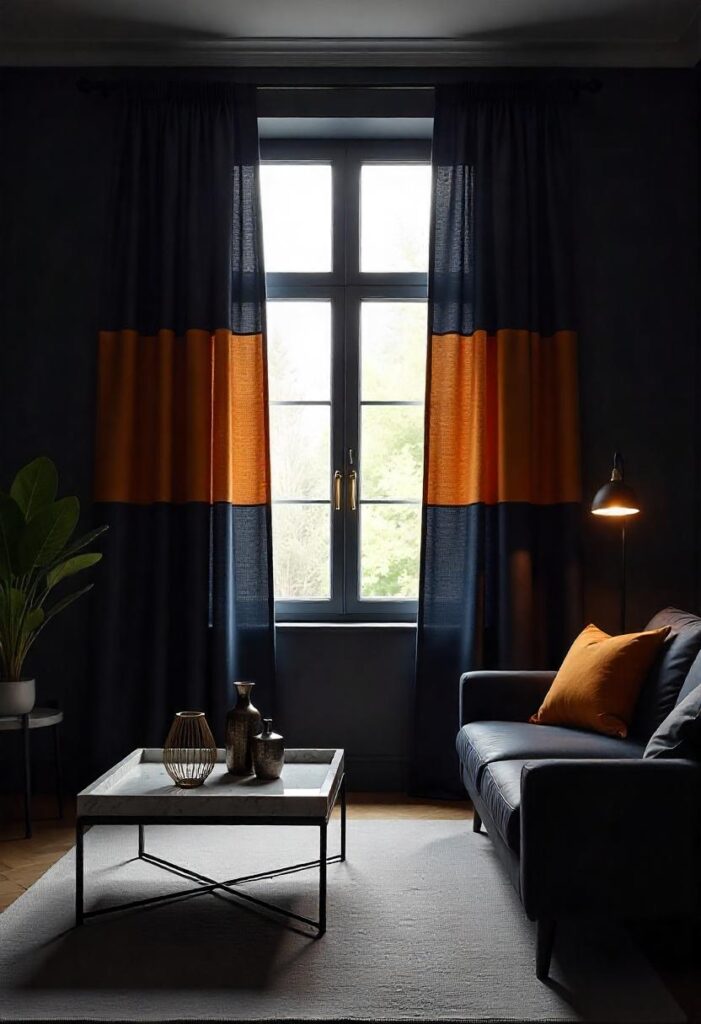
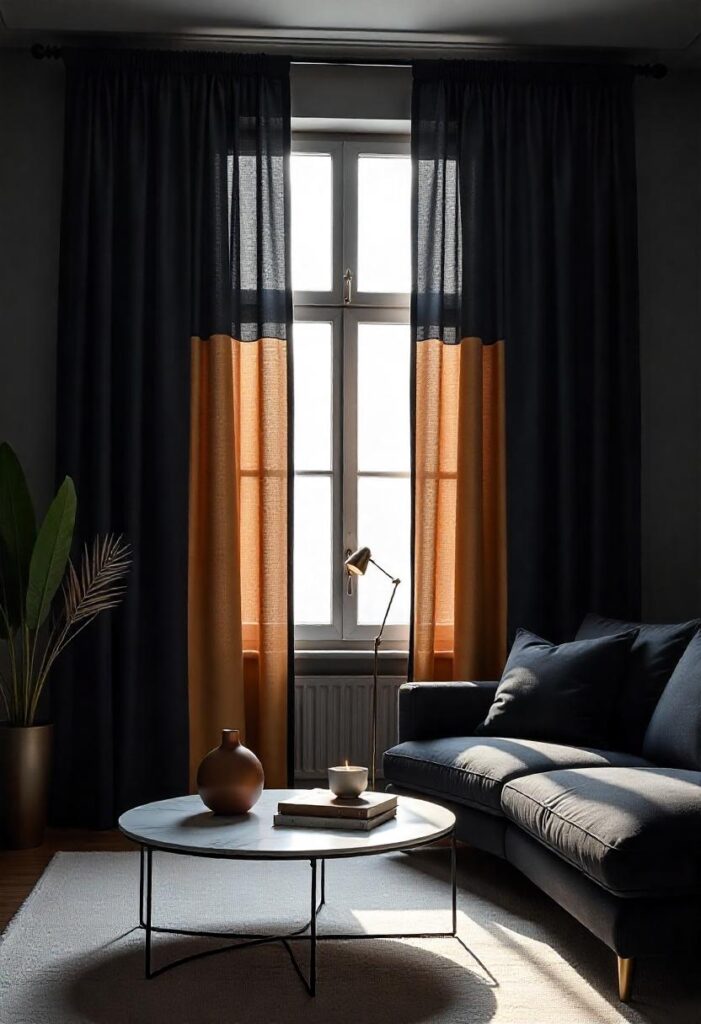
9. Gemstone Plush Panels
Richly colored velvet curtains reflect the tones of precious stones like sapphire and emerald. The plush surface reacts beautifully to changing light. These panels are often used to create a focal point in formal living rooms. The weight of the fabric enhances the folds and structure. A refined style that introduces color without relying on prints.
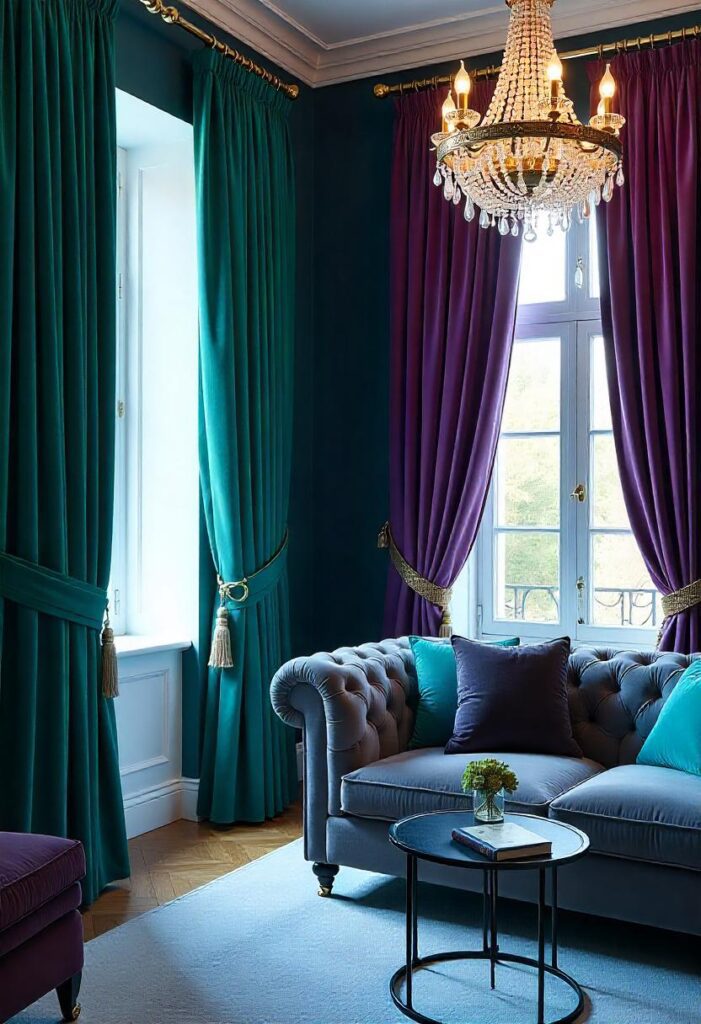
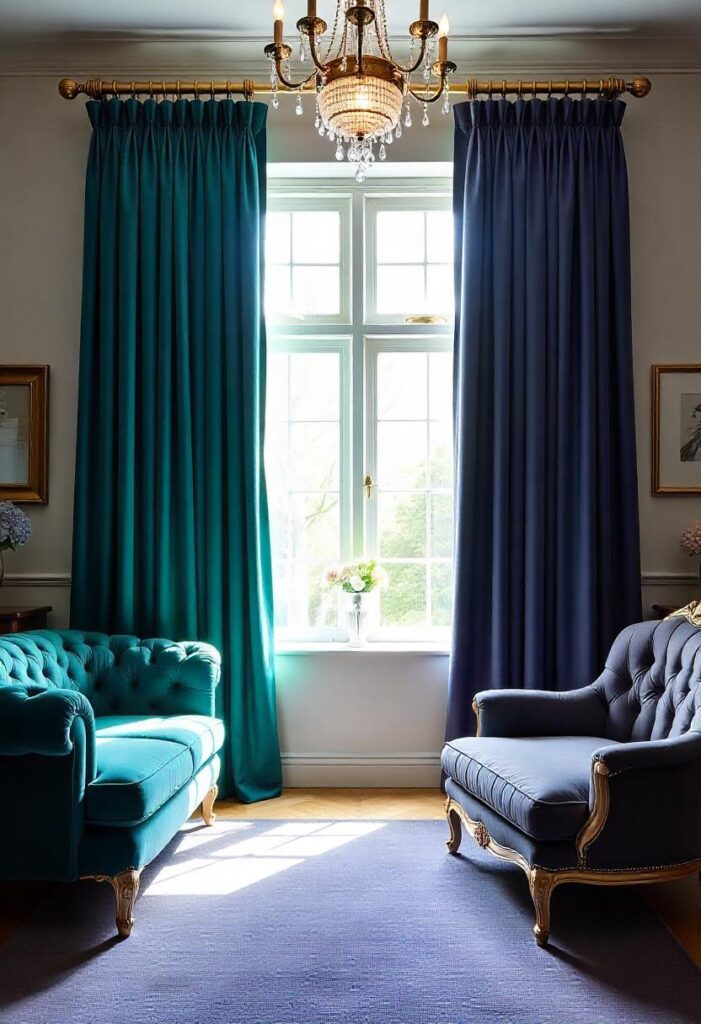
10. Geometric Cut-Out Curtains
Featuring precise shapes cut into solid fabric, these curtains cast patterned light throughout the day. The designs are usually modern and clean-lined. Often chosen for minimalist spaces in need of a visual accent. When light passes through, the curtain becomes interactive. The patterns appear soft, not harsh, even in full daylight.
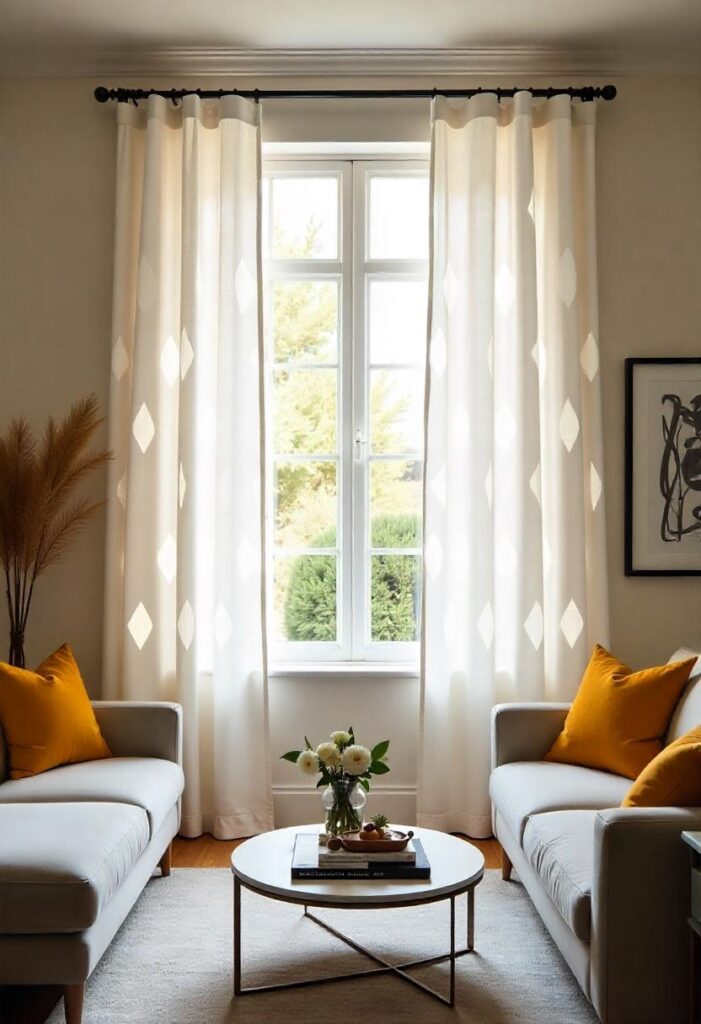
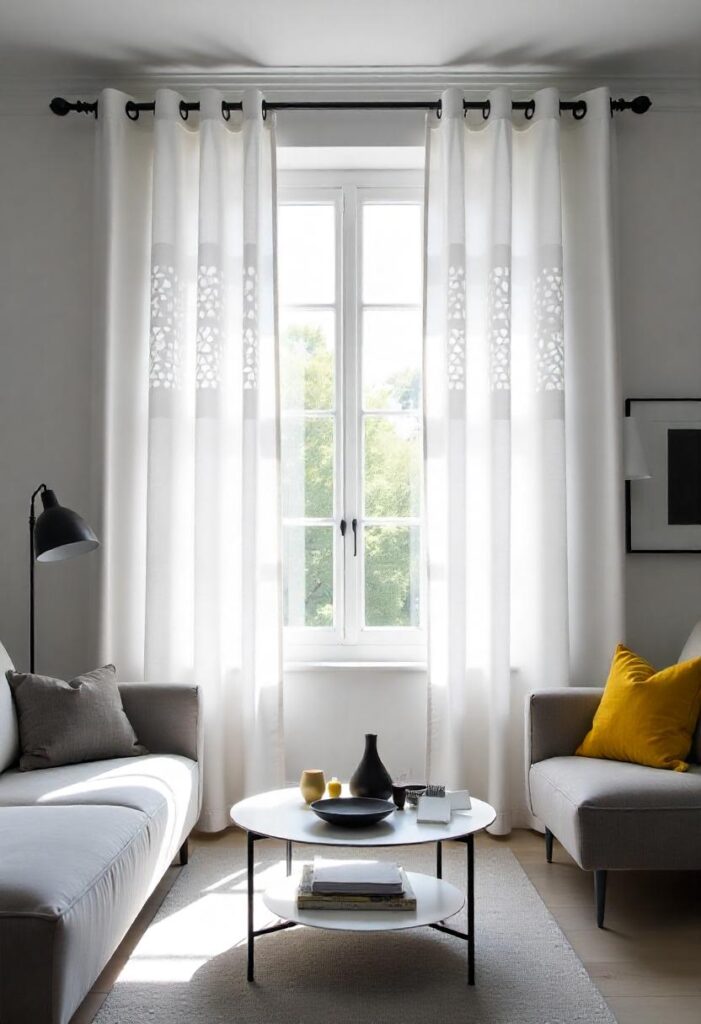
11. Velvet Tapestry Drapes
These heavy velvet panels often carry a subtle woven motif, giving them the appearance of wall tapestries. They insulate well and bring visual richness to any room. Often chosen for more traditional interiors or dramatic window framing. The material hangs with weight, producing well-formed pleats. Ideal for creating an enclosed and elevated atmosphere.
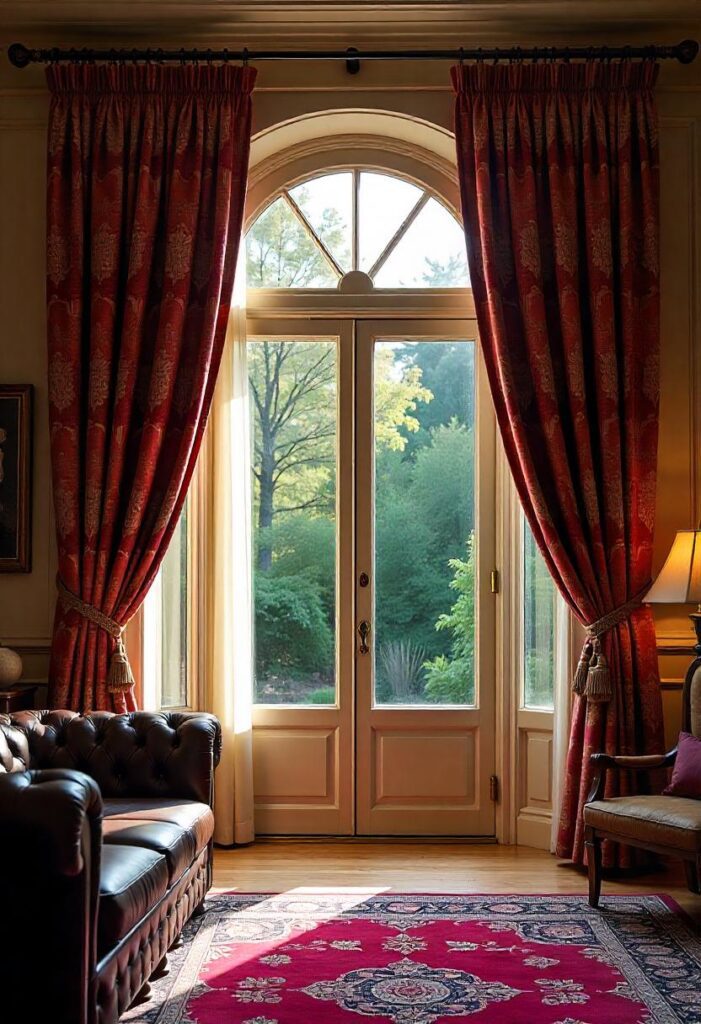
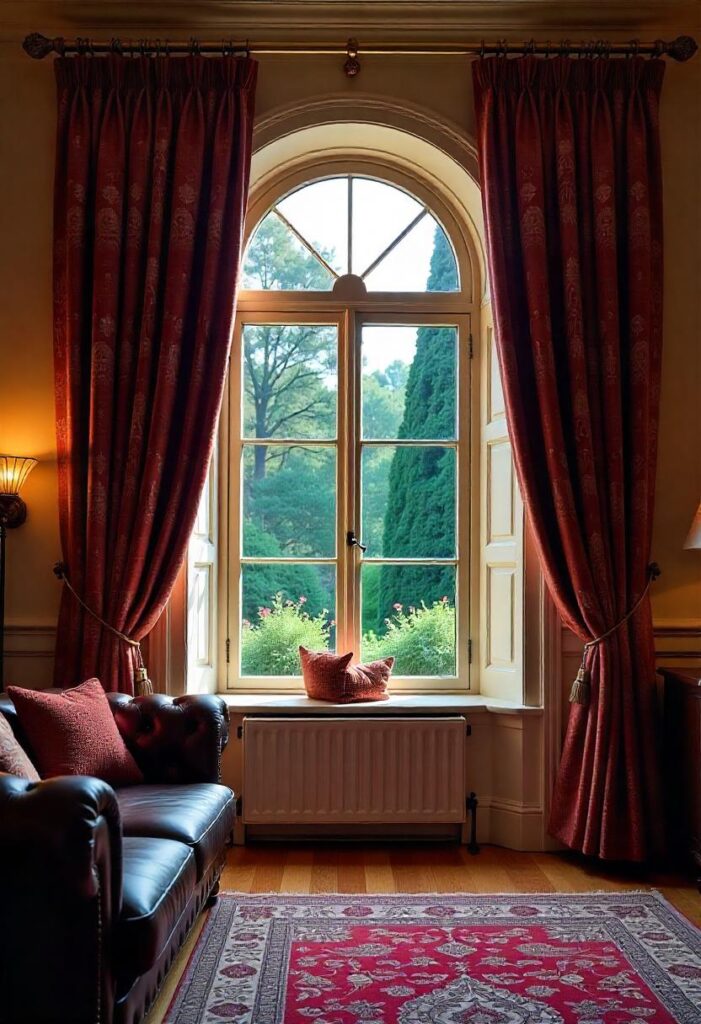
12. Double-Backed Reversible Curtains
This style allows two distinct looks by reversing the curtain’s front and back. One side might be patterned while the other remains solid. A practical choice for seasonal changes or shifting interior styles. The layers create a fuller appearance, even when drawn. These curtains offer flexibility without requiring multiple sets.
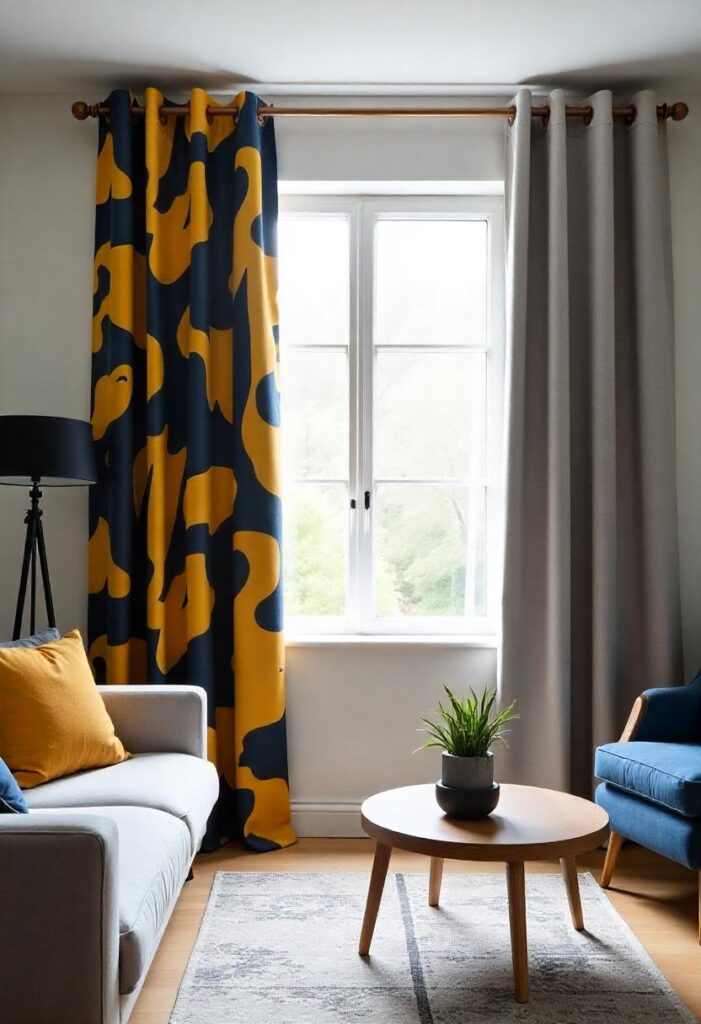
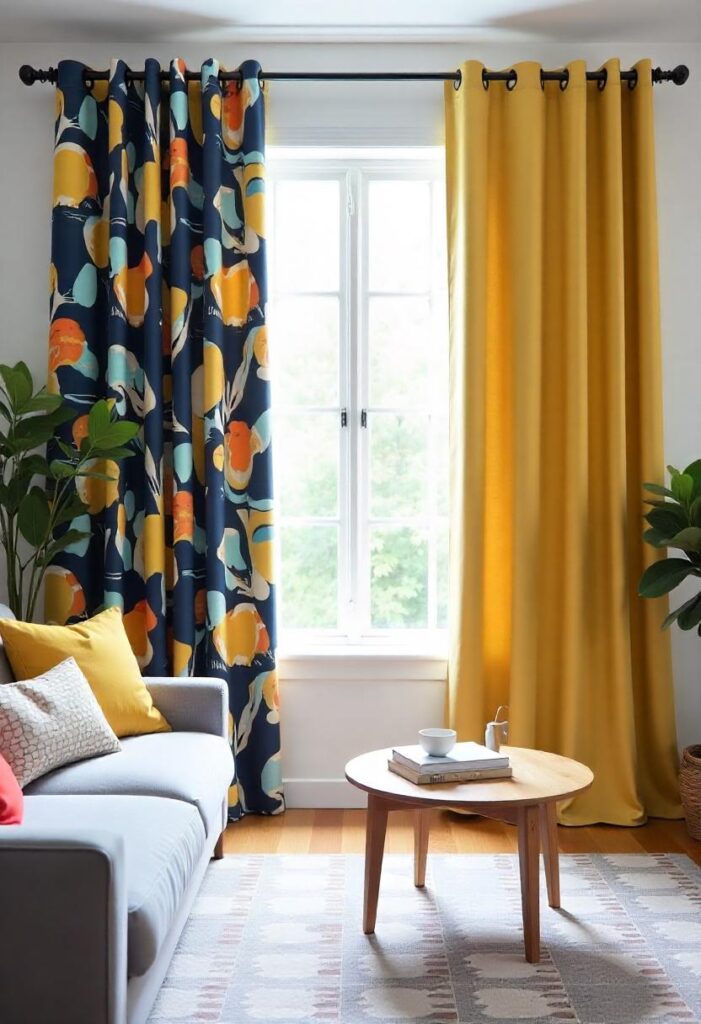
13. Chinoiserie Print Drapes
Inspired by historical Eastern motifs, these printed panels bring intricate design to window dressing. Patterns may include florals, birds, or stylized scenes. They work well with refined wood furnishings and classic upholstery. These drapes hold visual weight and often set the tone for the room. Best used in spaces where detail is appreciated.
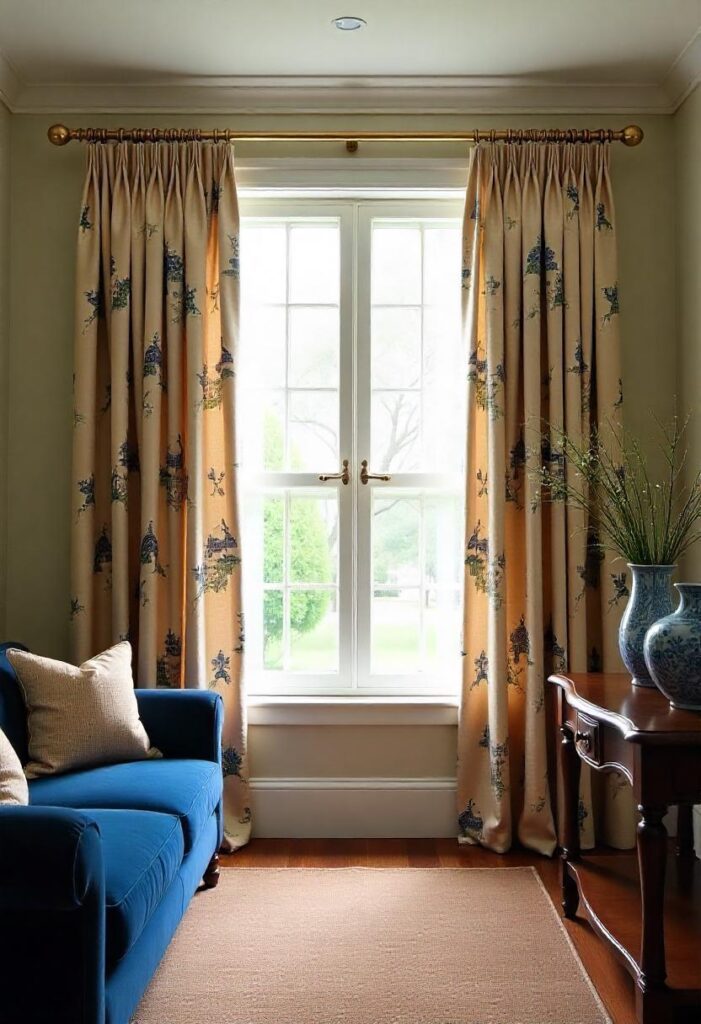
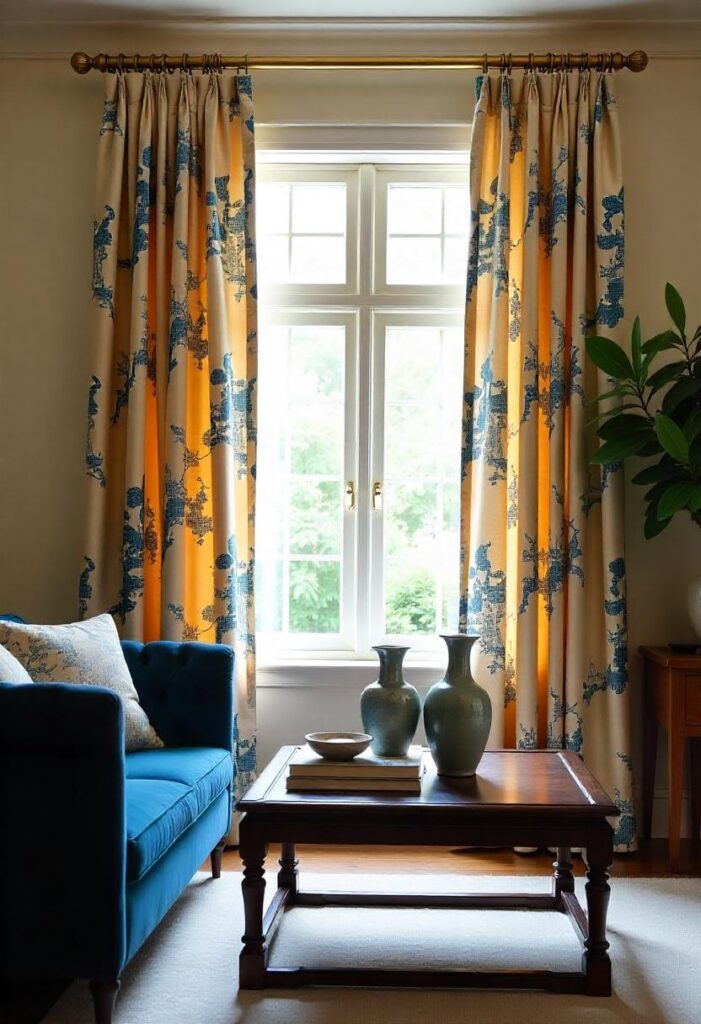
14. Sheer Lined Curtains
Sheer-lined curtains combine transparency with subtle coverage. The inner layer filters harsh sunlight while maintaining a soft outward appearance. They’re commonly selected for rooms with strong afternoon light. Their design allows layered draping without bulk. The result is a clean, elegant look that handles light with finesse.
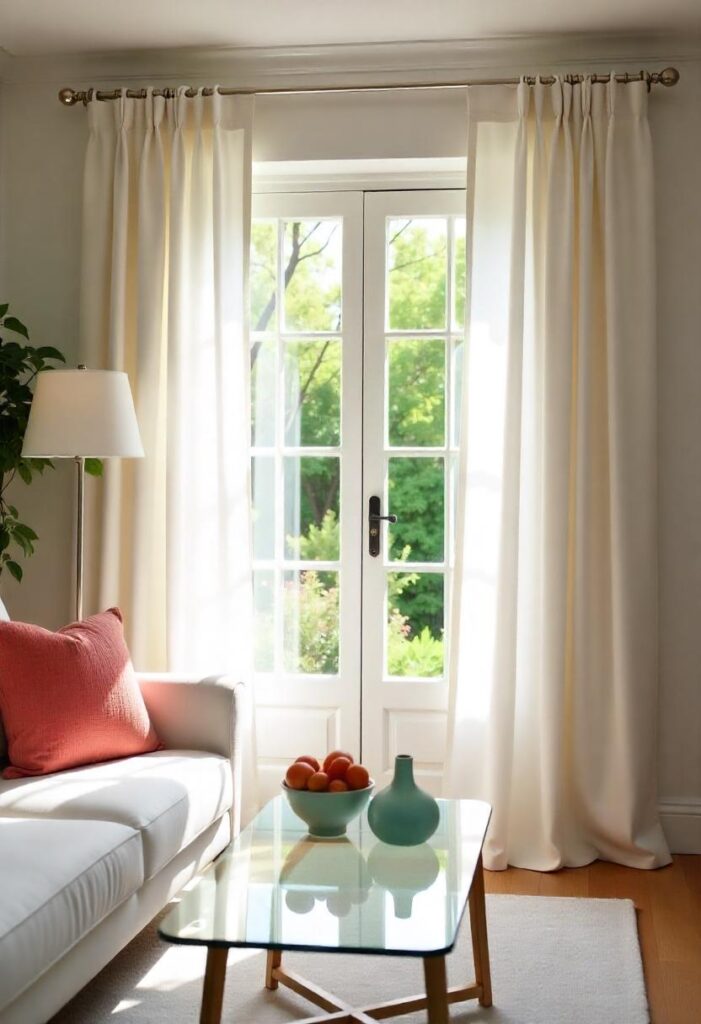
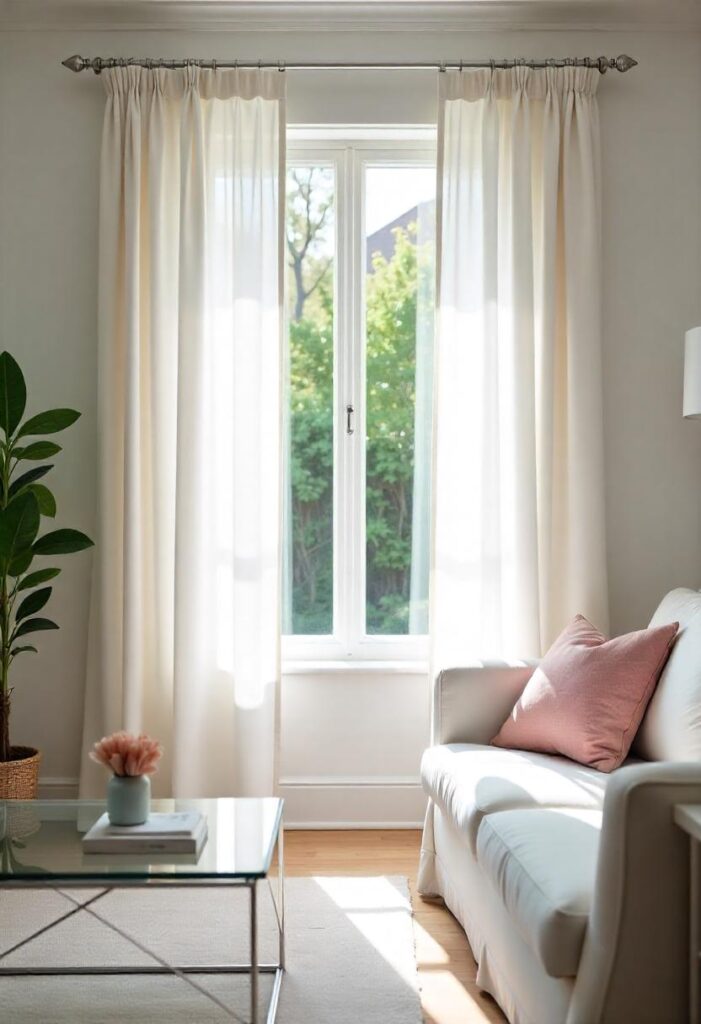
15. Brocade Fortress Panels
These thick, ornamental curtains feature woven patterns reminiscent of classical textiles. The fabric is firm and carries complex visual detail. Often used to frame large windows in rooms with strong architectural elements. The finish tends to be matte, helping balance the ornate design. These panels convey strength and refinement in equal measure.
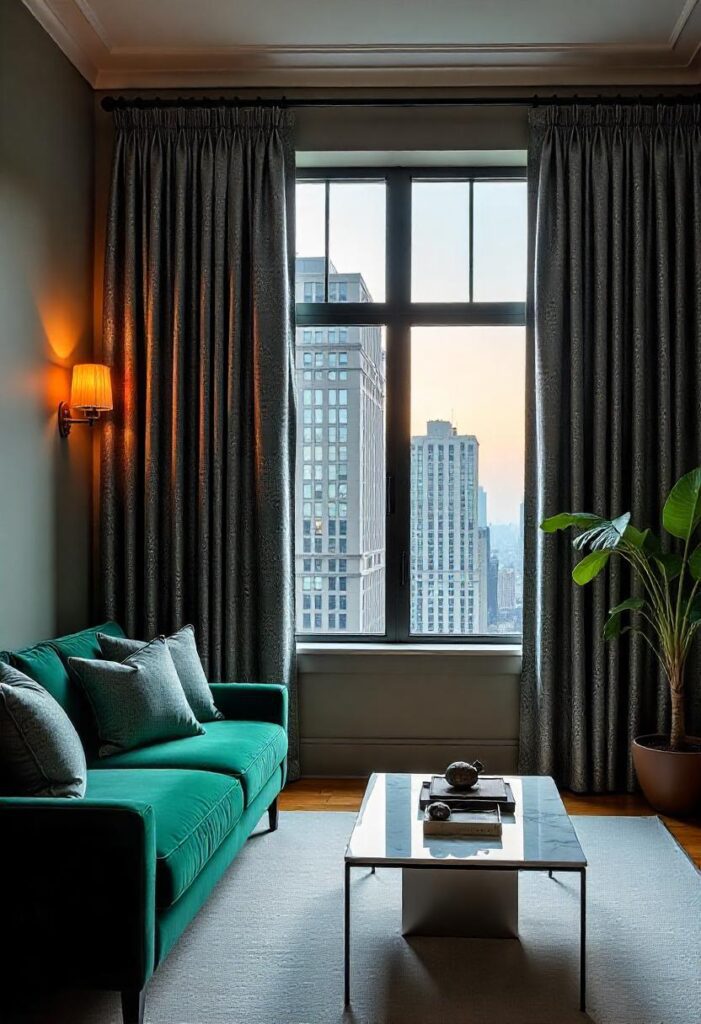
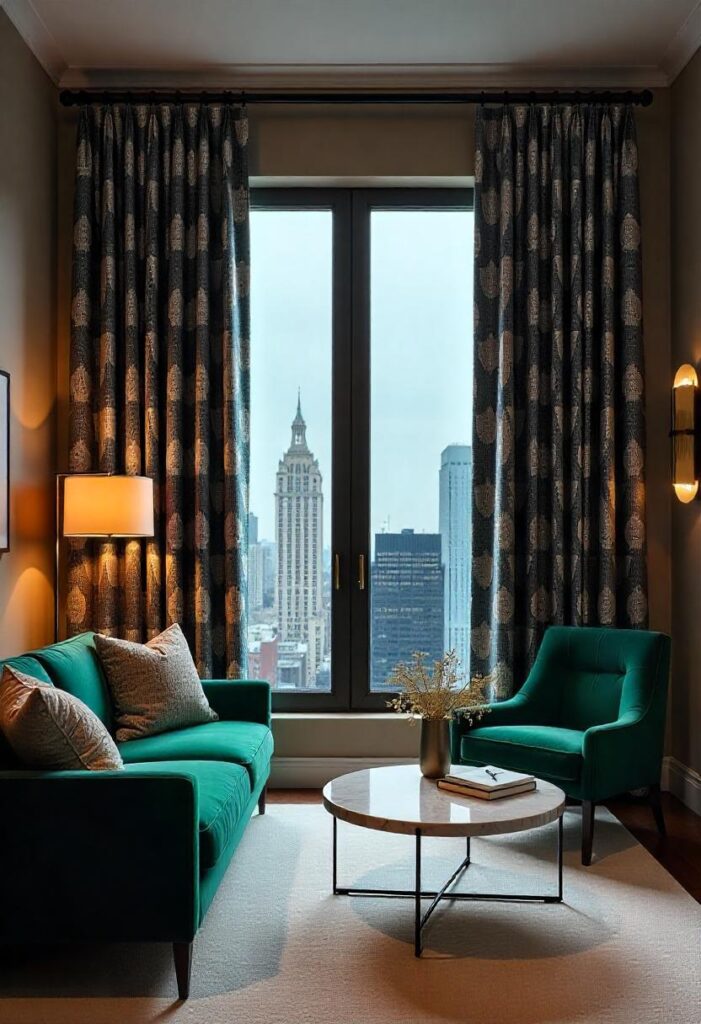
Final Thoughts:
Well-crafted curtains do more than complement walls and windows. They shape how the room feels from the first glance and hold their presence over time. Each style presented here brings a different dimension to the living room, from color depth to architectural clarity. When curtains are selected with intention, they become a design element that speaks consistently, day after day. That’s the value of making the right choice from the start.
